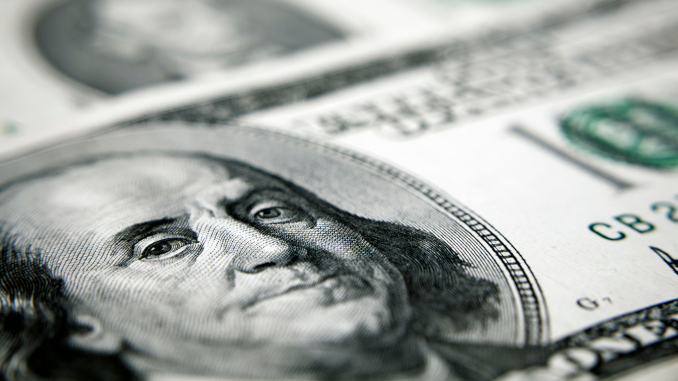
By Mark Anderson
The U.S. has experienced eight major banking crises in the post-Civil War era. These proclaimed “panics” often fostered financial changes—sometimes sweeping changes. Prime examples include the major monetary downturns of 1893 and 1907, which many in Congress cited as the main reason for creating the Federal Reserve banking system in 1913.
That system ushered in something that America—especially after President Andrew Jackson’s 1832-33 abolition of the corrupt Second Bank of the United States when its 20-year charter had expired—never thought it would see: A private central bank, this time with a seemingly permanent charter, charting the nation’s financial destiny with an all-borrowed, interest-bearing money supply.
And the infamous financial crash of 1929 ushered in “The Great Depression,” a title that also belonged to the 1873 “panic” until some 56 years later when widespread bread and soup lines, ultra-rampant farm and home foreclosures and other mounting miseries became the lay of the land. The crash and subsequent Depression provided irresistible incentives for Congress to pass major legislation, especially the 1933 Emergency Banking Act, which created the FDIC and took the U.S. off the gold standard, a controversial move that some citizens still see as a mistake.
Others, though, felt the gold standard stifled economic expansion, arguing instead that money is already backed by all the nation’s natural resources, its credit, and its labor force, and that gold represented a form of idolatry.
Some of the Depression-born legislation was clearly helpful. The 1933 Glass-Steagall Act separated commercial from investment banking to protect depositors from often-wild and risky financial speculation. The Graham-Leach-Bliley Act of 1999 repealed most of the safeguards of Glass-Steagall, which many contend led to the 2008 crisis.
The above-noted eight “panic” years took place in 1873, 1884, 1890, 1893, 1907, 1929, 2008, and 2013. The monetary morass in which we’re currently enveloped, replete with frequent Federal Reserve-spawned interest rate hikes that create higher credit expenses likely qualifies as “panic” number 9, sparked by Silicon Valley Bank’s recent failure and subsequent banking “tremors” elsewhere.
ENTER ‘FEDNOW’
The Federal Reserve is now set to introduce its new “FedNow” service in July 2023, to “enable all U.S. banks to offer instantly available funds in real-time payments to their customers,” Fed Chairman Jerome Powell recently told Congress.
Will FedNow drastically reduce the panic-induced bank runs that, over the decades, have drawn too much money out of the banks at once, forcing temporary or permanent bank closures? With instant funds available and fewer people using cash, such bank runs could become virtually impossible.
The Fed also has been exploring the adoption of a Central Bank Digital Currency (CBDC). Financial adviser Joe Brown believes FedNow is a back-handed way to implement a CBDC—a concept that’s been expounded upon by Cornell University economist Eswar Prasad, who, as a Brookings Institution senior fellow, has explained that cashless societies may be imminent, and that the Nordic countries, especially Denmark, are a test case for cashless transactions.
“This infrastructure bypasses a lot of the need for the current banking infrastructure, which is the purpose of a [CBDC],” Brown stated, as reported by Life Site News. “Eventually, every single economic participant has an account directly with the Federal Reserve, and then you don’t need any of the decentralized nodes of the financial system, the previously existing banks.”
Thus, 110 years after the Fed’s creation, the current “crisis” may take us to a whole new place. Whether it will be equitable, honest, and democratic—or exploitative and plutocratic, as President Jackson dealt with 190 years ago—is an open question.
Yet, we may not like the answer, since a full-blown CBDC system is designed to essentially ditch cash, which means the end of the financial privacy that only cash purchases can bring.
A possible partial remedy would be local currencies, some of which already exist, but many more might flourish amid a centralized CBDC system, just as localized farms and gardens have a tendency to grow amid the centralization of agriculture under Big Ag’s corporate farms.




